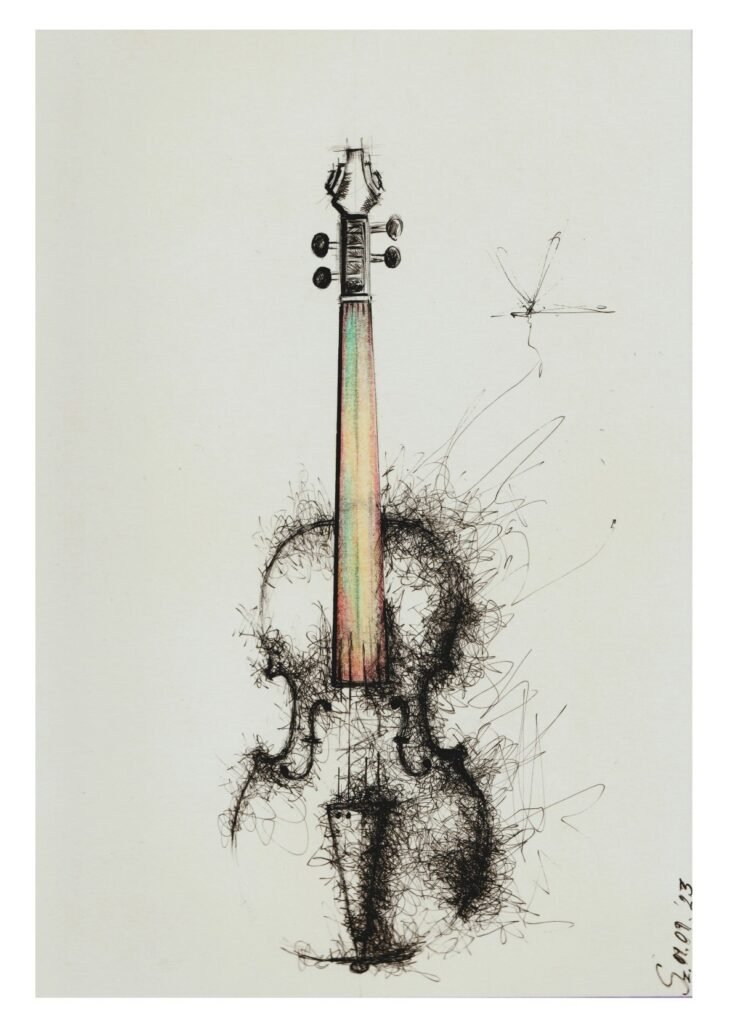
In my youth, I found myself immersed in the act of imitation, tirelessly copying the works of the old masters, striving to replicate their techniques as faithfully as I could. It wasn’t my own voice, nor my own unique expression—it was merely a reflection of theirs, a shadow of something greater. Yet, through this process, I reached a certain level of competence, a technical understanding that gave me some measure of accomplishment. It was a place where I could stand confidently, but it was not yet my place.
As the years passed, I sought something more. I began studying under a renowned master, a painter whose wisdom transcended mere technique. Under his guidance, I learned not just the “how,” but also the “why.” I learned the subtleties, the small tricks of the trade that set the great artists apart from the rest. These lessons, these tricks, became my foundation. They carried me through my studies, helping me secure a place among the top seven of my cohort. It felt like a victory, but one that was shaped not only by my own hand but also by the lessons I had absorbed.
While the structured environment of academia taught me invaluable skills—how to draw, how to paint, how to capture the world—I also had a professor who imparted something far more profound. She told me: “Free yourself. Do not fear mistakes.” It was a lesson that echoed deep within me, unlocking something I didn’t know was there. It was the beginning of my “scribble phase,” a period of chaotic exploration where I let go of the constraints I had clung to for so long. My brushstrokes were no longer timid; they were bold, free, and alive. Yet, even though my drawings began to soar beyond the average, my paintings still carried a certain caution, a hesitancy that prevented me from fully embracing the freedom I was beginning to understand. I was still tethered to the idea of “perfection,” bound by a fear of what others might see as “mistakes.”
This tension—the pull between freedom and safety—kept me in a state of limbo. For years, I copied, refined, and polished, yet still feared venturing too far from the well-worn path. It is only now, in my forties, that I can answer the question: “Is copying useful?” Yes, it is useful in the beginning, a tool for mastering the basic techniques and understanding the fundamentals. But that is where it must end. The moment you break free from the confines of imitation is the moment you begin to truly create.
Without freedom, art is merely an echo. Without the courage to embrace imperfection, to allow oneself the space to fail, there can be no true expression. The beauty of art lies not in the flawless execution, but in the raw, unfiltered emotion that flows from the artist’s hand. It is the willingness to risk, to stray from the known, to leave behind the safety of what is comfortable that makes the work something more. Every drawing, every painting goes through countless variations, some discarded, some refined, but within the mess of trials, one piece will emerge—the one that is truly liberated, that carries no fear, no restraint. It is the work that stands apart from the rest, the one that speaks with a voice all its own.

